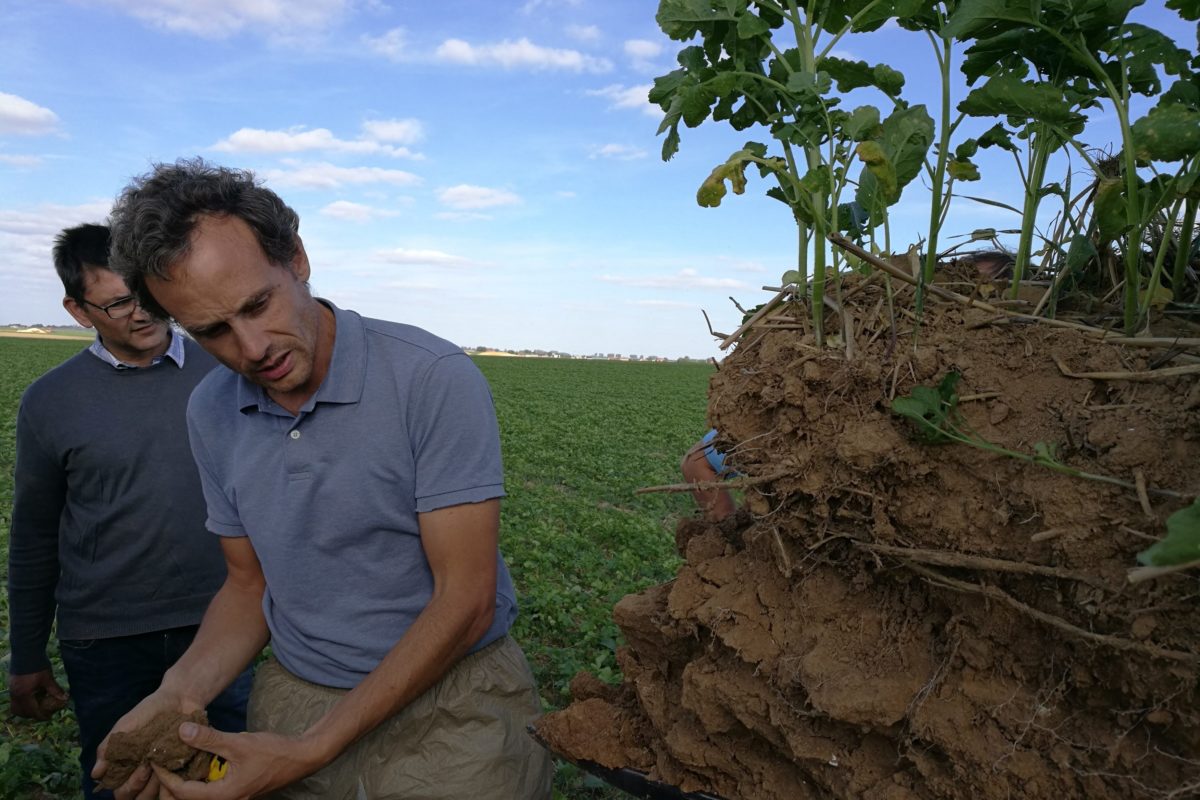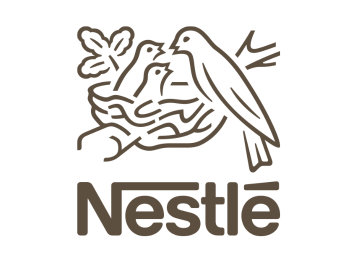More than two-thirds of Nestlé’s emissions come from the production of the agricultural ingredients it uses.
The company sources these from 500,000 farms it works with directly and another 4.5 million farms it engages through suppliers all over the world.
To tackle agricultural emissions, Nestlé is transforming with its suppliers the way food is produced. Intensive farming practices will be transformed into regenerative agriculture, for the benefit of nature and to improve farmer incomes.
One-third of the world’s topsoil has already been degraded. To reverse this trend, Nestlé empowers farmers to use no or less pesticides and to apply techniques such as permanent soil cover, crop rotation and reduced tillage.
This helps keep more carbon and water locked up in the ground and create healthier soils and landscapes.
As part of this commitment, Nestlé is supporting the Projet Sols Vivant in France, in co-operation with the Earthworm foundation.
Pillar one of the project is dedicated to supporting farmers who are willing to implement those conservation practices but lacking the technical support. A pilot project financed by Nestlé, has started in one of the leading arable region of France, the Santerre. This pilot is impacting a core of more than 30 farmers producing potatoes, sugar beet, wheat and vegetables, mainly arable crops produced for industrial purposes.
Pillar two of the project focuses on developing new financial tools to accelerate farmers’ agricultural transition. As conservation practices are storing carbon in soil, developing a methodology to economically value the ecosystem services generated by farmers’ agricultural practices that store carbon in the soil is essential. This will allow for farmers to receive a complementary income for their agricultural practices







